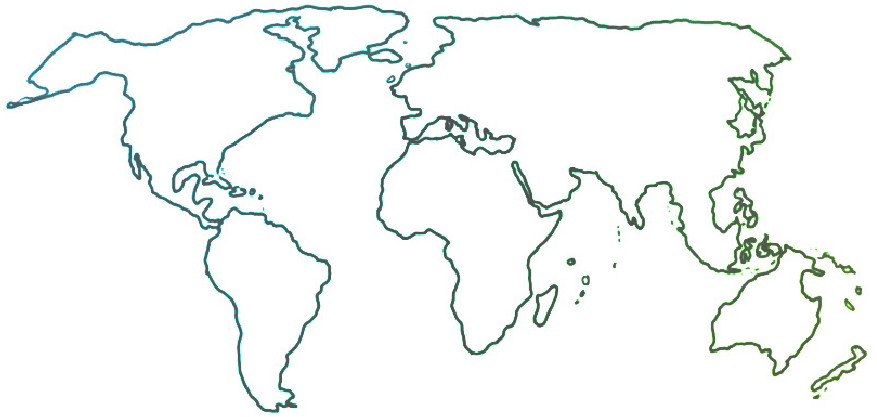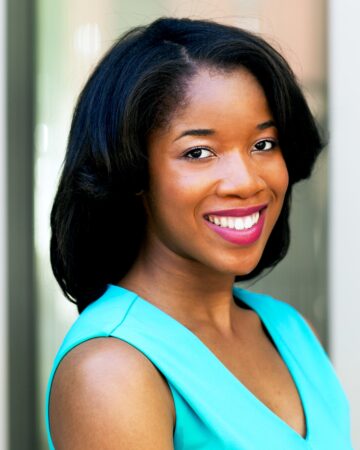
GUEST PERSPECTIVE
Creating Collaborative Pathways for Expanded Support of CYD

Before launching The Lewis Prize for Music, The Lewis Prize Institute convened thought leaders from across the creative youth development (CYD) field to discuss ideal characteristics of a prize for social change through music. I joined the team as a national coordinator for the Institute in 2019 to build upon gatherings in cities across the United States. Seeing the benefits of cross-sector collaboration—an aligned group of community change practitioners, policymakers, researchers, advocates and philanthropists—permanently shaped the way we exist as a philanthropic organization. Following the 2019 Institute in Bentonville, Arkansas, we launched The Lewis Prize for Music’s Accelerator Awards, which have invested $20 million in CYD through awards, grants, and research since 2020.
These days, our primary goal is to mobilize and advocate for the field. CYD programs are not only providing young people with artistic tools for creative expression and arts education, but also preparing youth in leadership, career development, social connection, organizing, and community development. And this is common among the applicants and organizations we learn about, regardless of their scale or capacity! What was missing from all this overlap—or perhaps not sufficiently prioritized, in our view—was a chance for connection and communication.
As The Lewis Prize enters a new phase, we are taking the learnings from our grant process, field relationships, and research to create a platform for expanded investment in creative youth development. We’ve designed the Creating Abundance Collaborative, a cross-sector space where practitioners, young people, researchers, philanthropists, and policymakers come together to advance the field through shared learning and pooled resources.

In our experience, this is a critical next step. Our summative data from five years of award distribution revealed that 77% of CYD applicants had an operating budget under $1 million. Remarkably, 47% managed their operations on less than a $250,000 budget. Compounding the lack of access is a larger issue of isolation according to sector and discipline, where conversations and decisions on community change are made without the various stakeholders involved. The resilience of these organizations in making an impact drives our commitment to broaden support across the field.
In forming the Collaborative, we aim to serve as a facilitator and contributor of resources alongside individuals and organizations who want to see this work grow. One of the Collaborative’s distinguishing factors is a focus on pooled resources in research, advocacy, and funding across creative disciplines. This initiative differs from The Lewis Prize for Music, which was designed to support music initiatives through one funder’s financial commitment.
Through our research and field learning, we’ve identified four Key Cross-Sector Priorities:
- Social Connection and Mental Health
- Workforce Development & Career Pathways
- Youth Organizing & Movement Building
- Community Development & Creative Placemaking
These priorities were recognized through the relationships we had cultivated with awardees over the years, as well as data analysis of 674 unique applications from 46 states and four U.S. territories. We gained insight into how organizations use creative arts as a mode for cross-sector work intrinsic to their community and young people. The Collaborative’s articulation of these priorities has been significant for us in connecting with individuals from diverse backgrounds who are united in their commitment to the well-being and advancement of young people.
Our findings so far have been twofold. First, we’ve observed that so many of the people doing creative youth development work aren’t familiar with the term! Their involvement in our early stages is exciting and signals a larger CYD ecosystem that we look forward to exploring.
And second, there is perceivable interest in CYD across sectors. Since the launch of the Collaborative, we’ve organized two Virtual Town Halls with over 200 registrants representing leadership in CYD, workforce development, education, health care, public policy, and philanthropy. Even without labeling themselves as CYD leaders, they understand the powerful impact of creative learning and expression in the lives of young people.

In my current role as Head of Communications, I’ve had the opportunity to correspond with those who have been introduced to CYD through these events. Attendees have expressed enthusiasm about learning the practices of other organizations. The sessions, facilitated by youth leaders and featuring panels of leading professionals across sectors, illustrate the idea that this work has a broad appeal and impact.
Our upcoming Virtual Town Hall, “Equipping Creative Entrepreneurs through Creative Youth Development,” is scheduled for June 20. We’re thrilled to continue these convening spaces for rich discussion, shared learning, and resources about the ways CYD fosters entrepreneurship and leadership in young people.
When we look at the work of CYD organizations across the country, we feel both inspired by their positive impact on young people and challenged to explore how the resources needed for their continuity can be sustainably achieved. In our commitment to the CYD field, we are hopeful that our current collaborative efforts will advance the field and lead to deeper investment in young people and local communities across the country.

